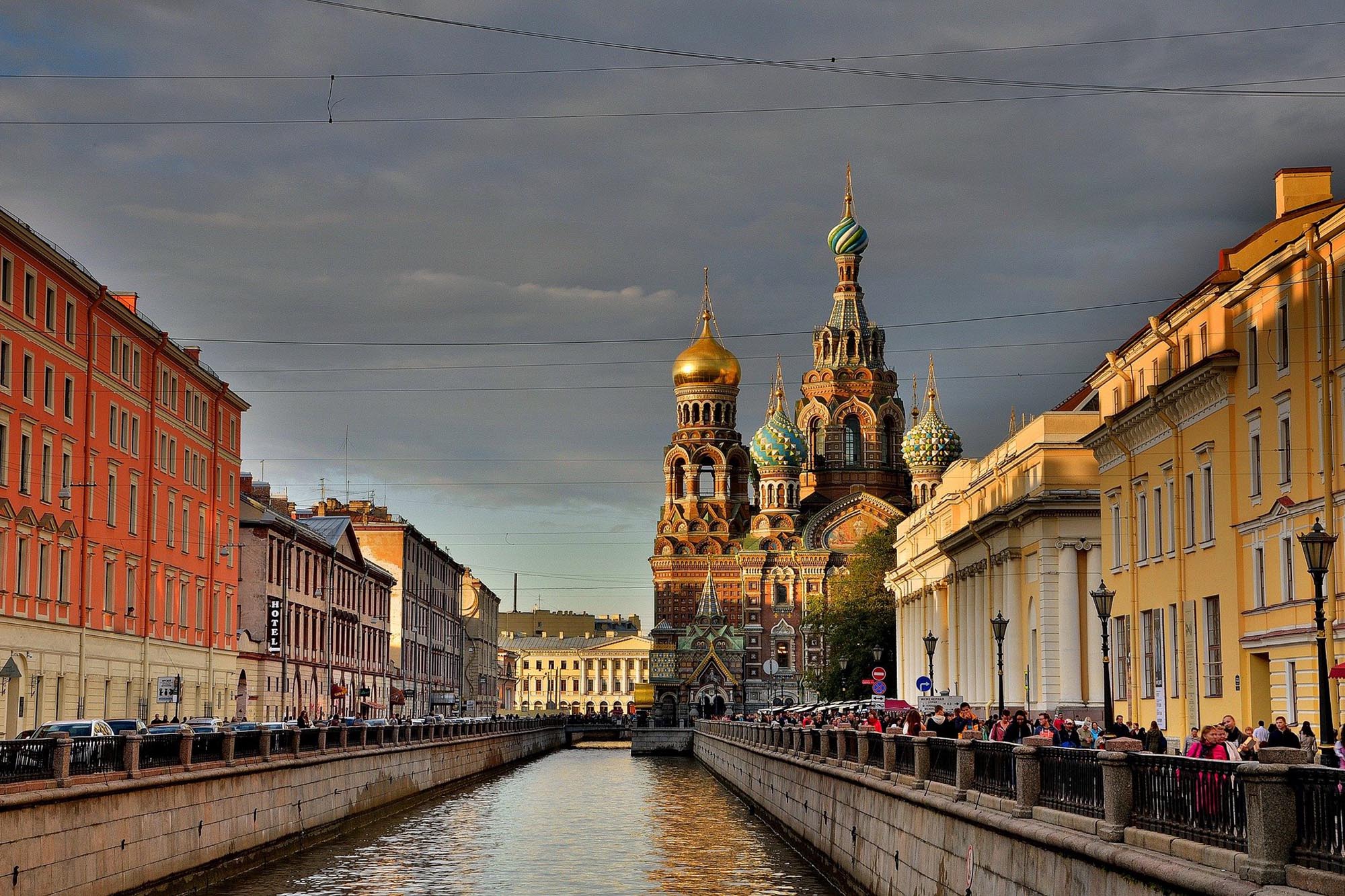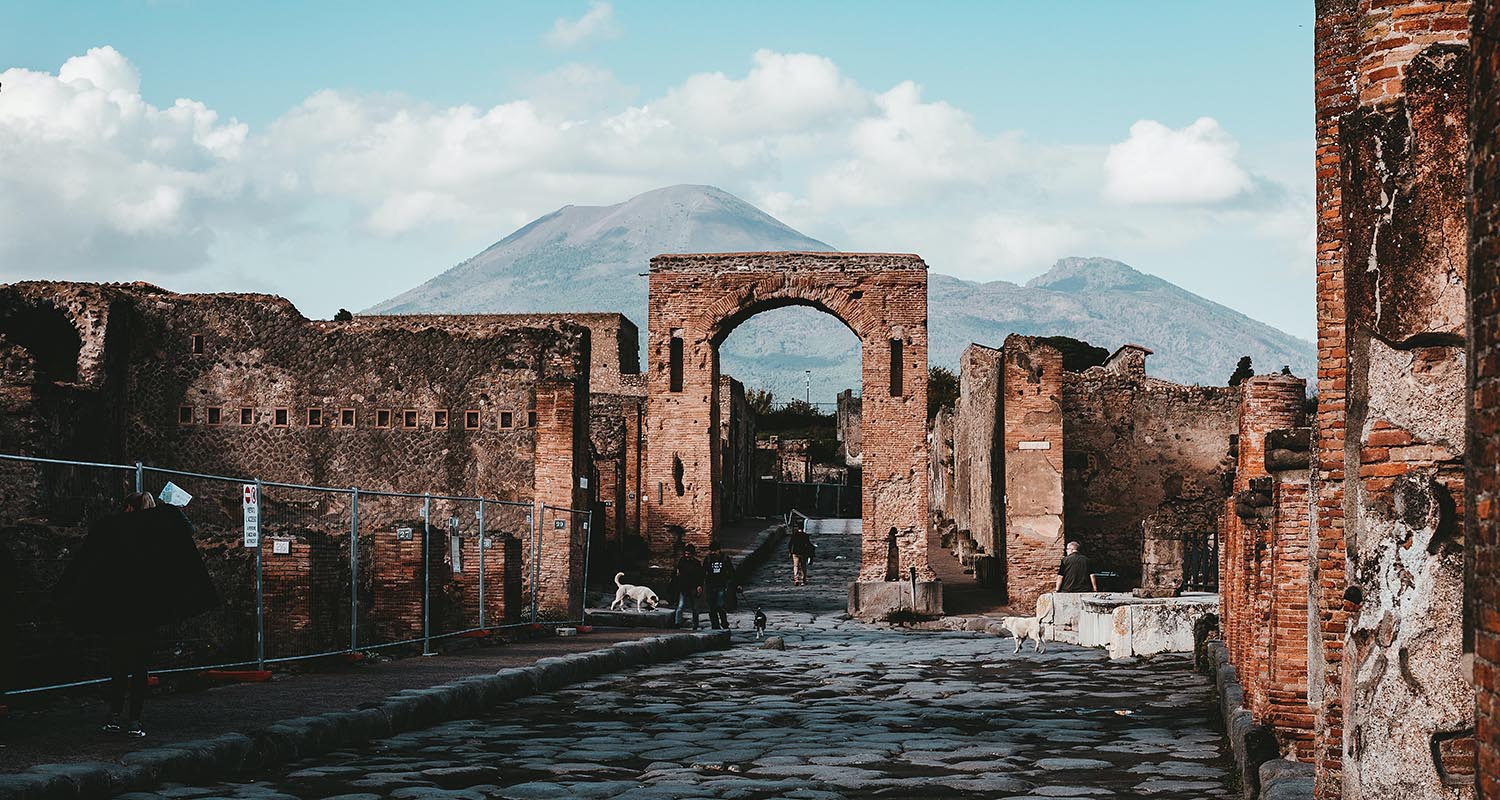
The best historical highlights await you in these European cities
From volcanic ash to resurrection
14 May 2021
Europe is known for its culturally diverse places and historic cities. Popular holiday countries like Italy and Spain inspire besides Dream beaches and bathing bays also with historical buildings and interesting places. This also makes the continent particularly interesting for travellers from all over the world.
Here you will find the cities where the best historical highlights are waiting for you.
1. Pompeii, Campania
Pompeii, a city that was completely wiped out by a volcanic eruption in 79 AD, is one of the most visited archaeological sites in the world. Since 1997, the ancient site is also part of the UNESCO World Heritage Site. The special thing about Pompeii: despite the ashes of Vesuvius, under which the city is buried, the cityscape, everyday objects and some bodies have been preserved for centuries and thus provide a unique insight into the life of the Romans at that time. Pompeii was once a rich port city as well as a thriving trading centre in the Mediterranean. The Roman nobility also liked to visit the place to spend their holidays in the magnificent villas. Characteristic of the buildings from antiquity are the murals on the facades and the fabulous frescoes and depictions in the interiors. Due to the decorations, archaeologists have been able to find out a lot about the social life and the love of the ancient Romans for art and beauty.
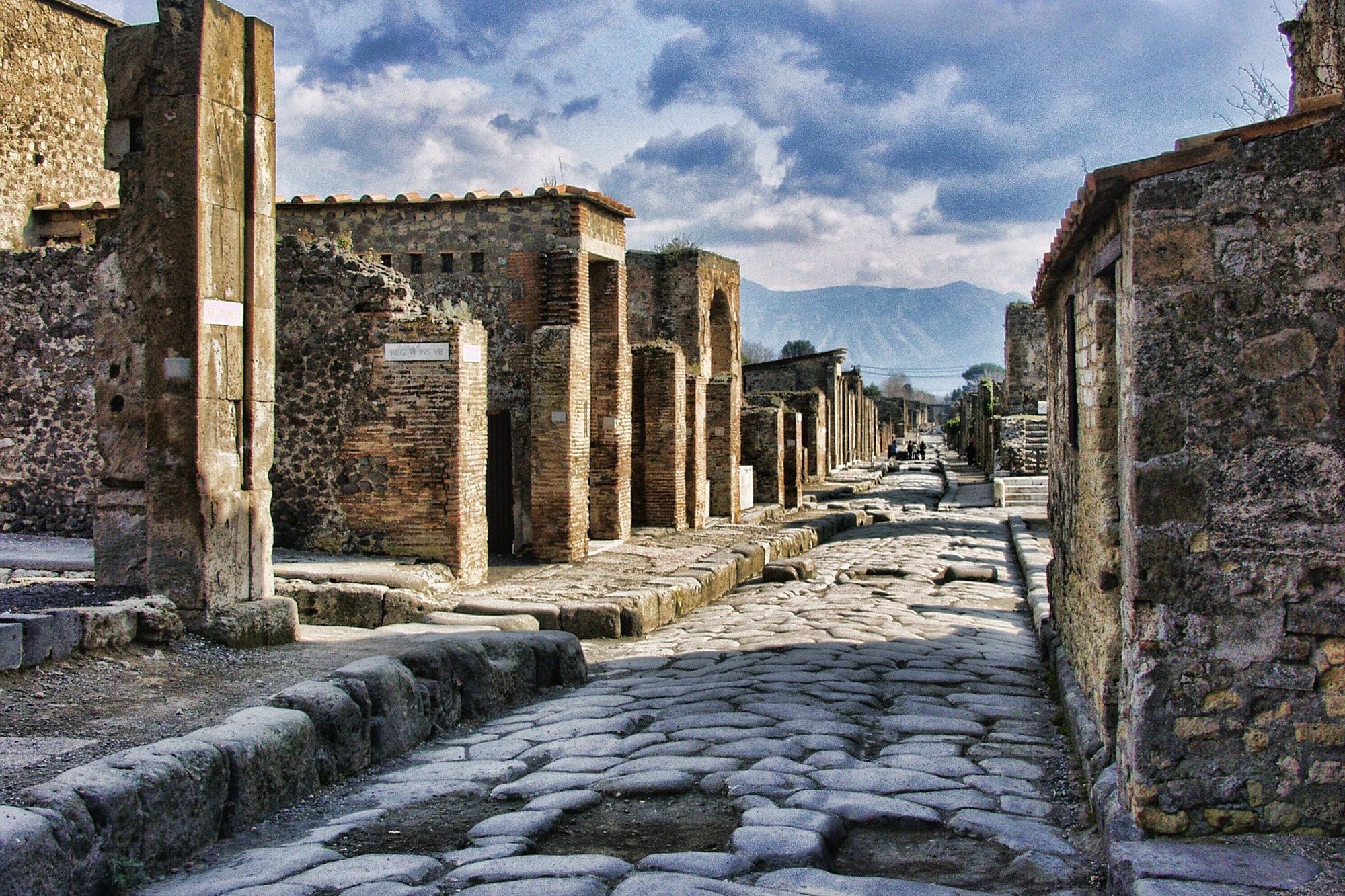
2. Charles Bridge, Prague
Built in the 14th century, Charles Bridge is also the most famous bridge in Prague and the city's landmark. Whoever became the Czech king at that time had to cross the imposing structure to get to his coronation. Even today, the stone bridge over the Vltava River is considered a popular tourist attraction, connecting the Malá Strana and Staré Mesto districts. There are tall towers at both ends, from which you can get a gorgeous view of Prague. While the bridge is now lined only by pedestrians, street musicians and souvenir sellers, carriages still ran there in 1883 and the electric tram in the early 20th century.
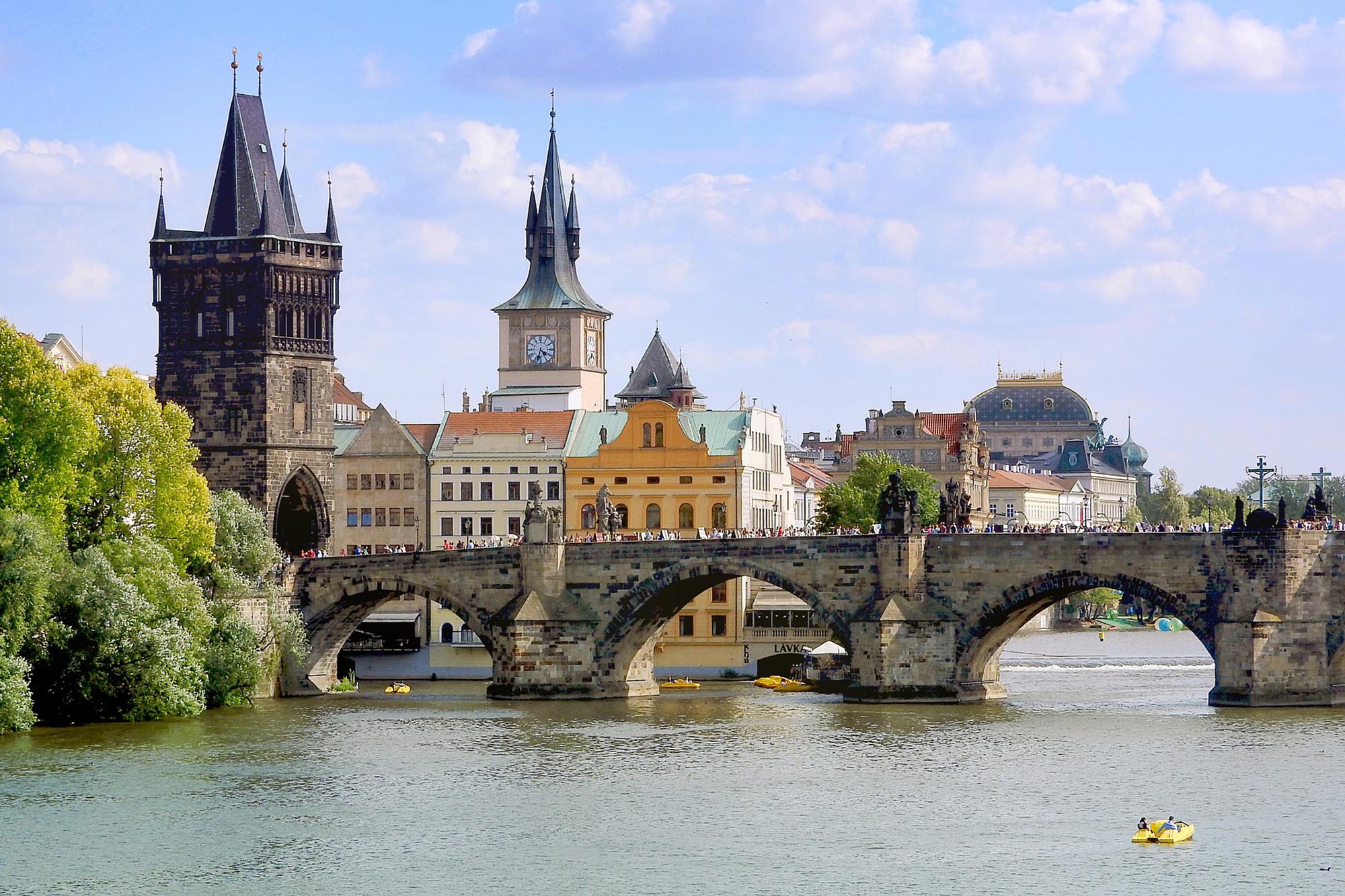
3. Hagia Sophia, Istanbul
The Hagia Sophia is not only the imposing landmark of Istanbul, but was also once considered the most powerful church of the former Christianity. Particularly striking is the enormous dome, which seems to float above the open sky, and also the magnificent interior decoration of marble slabs and mosaics. In late antiquity and the Middle Ages, the building was therefore regarded as the eighth wonder of the world. Today it is a UNESCO World Heritage Site. After the conquest of Constantinople by the Ottomans, the building was restored and converted into a mosque.
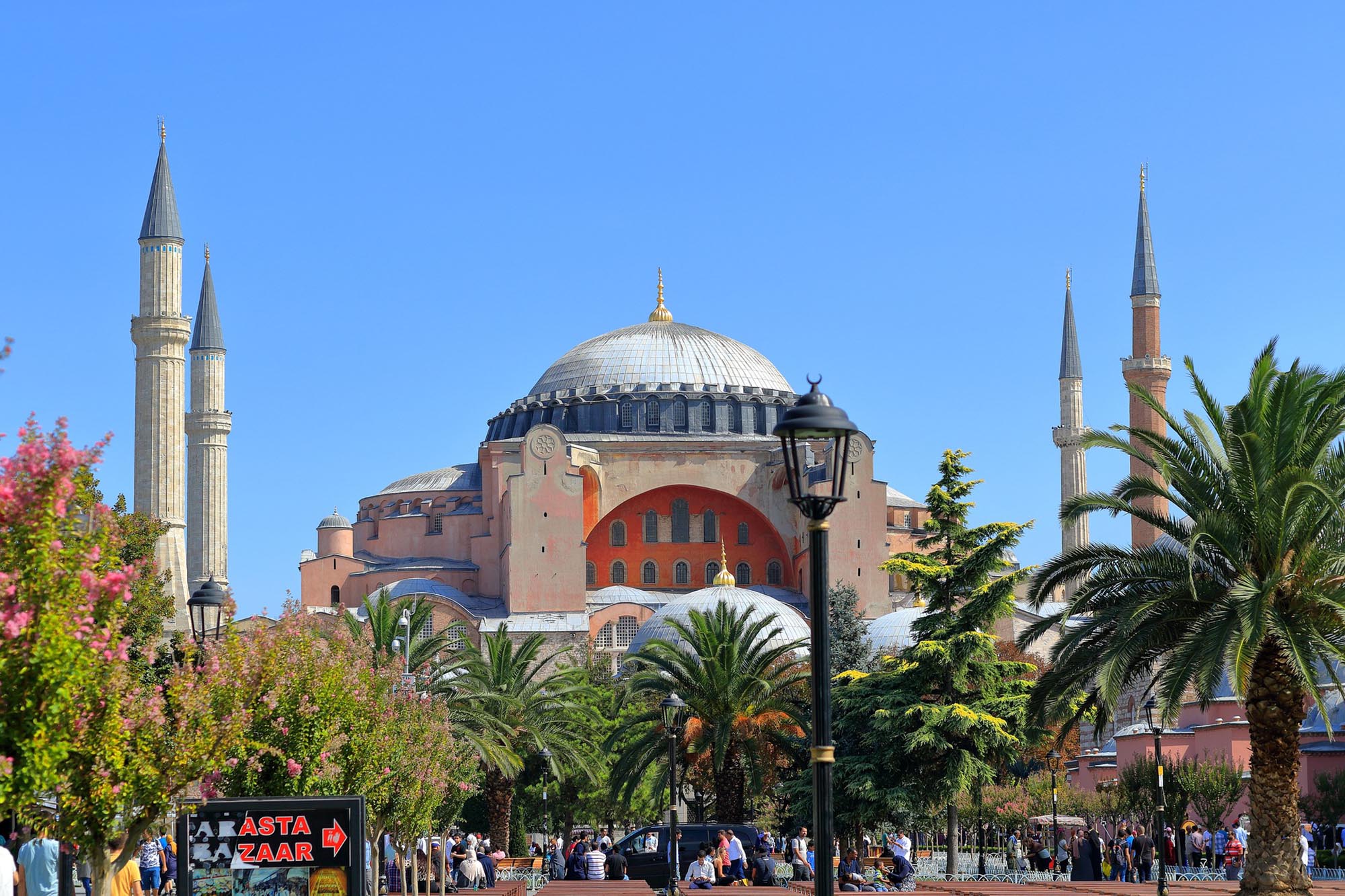
4th Alhambra, Granada
The Alhambra in Spain is undoubtedly the most visited monument in Spain. The city castle built in Moorish style stretches on the Sabikah Hill with a length of 740 meters and has been a UNESCO World Heritage Site since 1984. Probably the most famous place in the over 1000 year old building is the Lion Courtyard (Patio de los Leones). It is named after the twelve lions that surround the fountain in the middle of the courtyard. The castle is considered the pinnacle of Islamic architecture and had to be handed over to the Catholic Monarchs in the course of the Christian reconquest. Today it houses the Museum of Fine Arts and the Museum of Muslim Art.
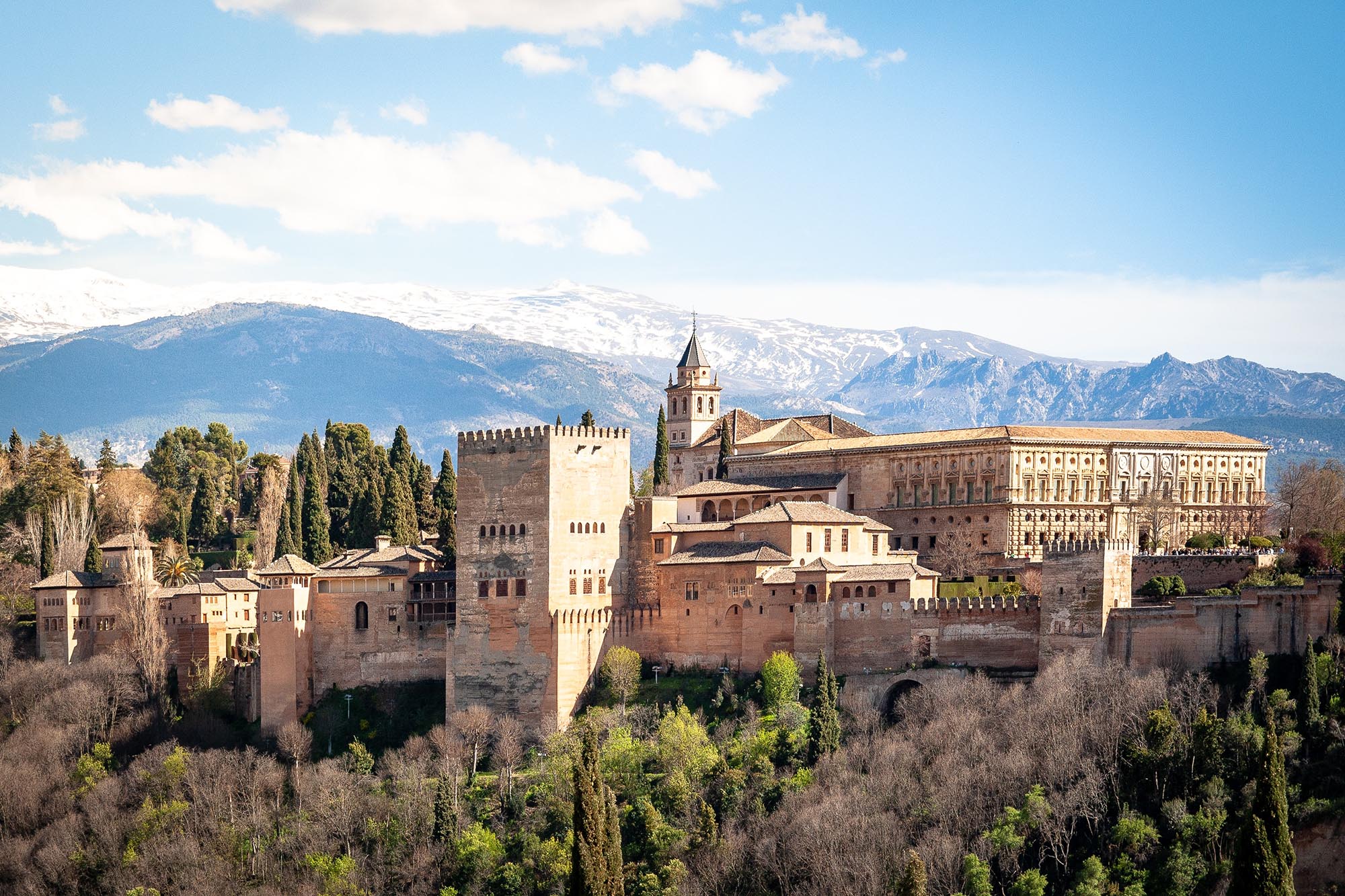
5th Church of the Resurrection, St. Petersburg
St. Petersburg is considered to be the most beautiful city in Russia. The reason for this are the magnificent palaces, idyllic gardens and gilded palaces with domes. One of the most impressive historical buildings is the Church of the Resurrection, also known as the Church of the Blood. The cathedral got its two names due to a tragic event. In 1881, the reigning Tsar Alexander II fell victim to an assassination attempt - this is exactly where the colourful building was then built. Inside, countless colorful mosaics provide a play of light and color.
